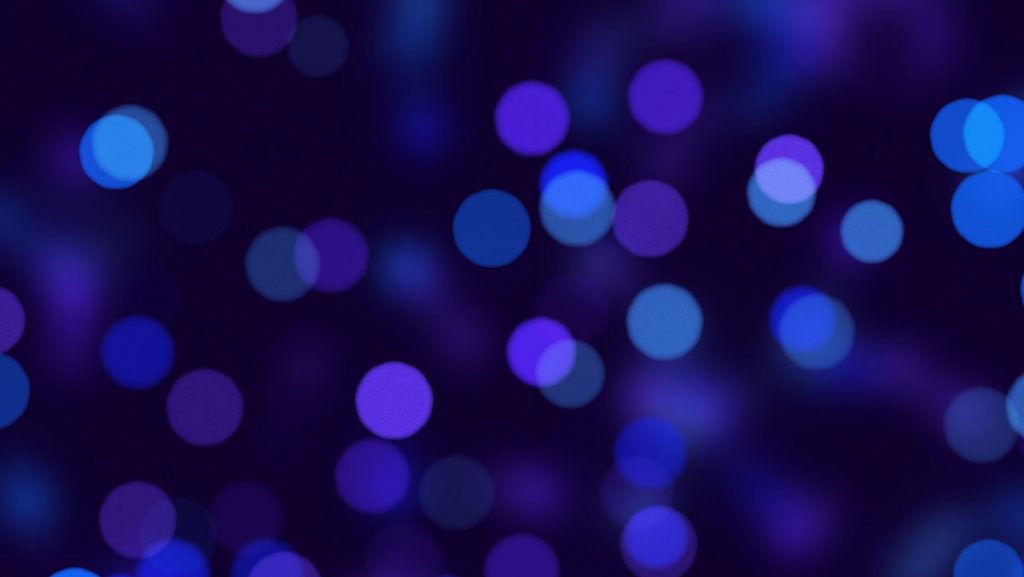Superior Indigo Ink Dye for Vibrant and Long-lasting Fabrics
The Allure of High-Quality Indigo Ink Dye
Indigo has long captivated artists and fashion enthusiasts alike, transcending cultures and centuries. This deep blue dye, derived from the leaves of the Indigofera plant, has earned a reputation for its unique characteristics and rich history. In recent years, high-quality indigo ink dye has gained renewed attention, not just for its vibrant hue but also for its profound cultural significance and sustainable properties.
Historical Significance
The use of indigo dye dates back thousands of years, with evidence of its application found in ancient Egyptian mummies and fabrics from the Indus Valley civilization. This natural dye became a fundamental part of textile production worldwide, featuring prominently in the traditional garments of many cultures, from the Japanese aizome textiles to the West African indigo cloth known as adire. The blue color was more than just a visual choice; it symbolized wealth, status, and even protection against evil spirits in various cultures.
The historical journey of indigo dye is as colorful as the dye itself. During the colonial era, indigo became a lucrative cash crop in the Americas, leading to conflicts and exploitation. The indigo trade played a pivotal role in the economies of several countries and fueled cultural exchanges. Today, the resurgence of interest in sustainable fashion has brought indigo back into the spotlight, allowing its historical significance to once again fill our contemporary narratives.
Characteristics of High-Quality Indigo Ink Dye
What sets high-quality indigo ink dye apart from other dyes on the market? The answer lies in its production process and inherent properties. High-quality indigo is typically produced using traditional fermentation methods that enhance its richness and depth. This process allows for the creation of a dye that is vibrant yet subtle, with endless shades ranging from deep navy to soft, faded blue.
Additionally, high-quality indigo ink dye has excellent lightfastness, meaning it resists fading even after prolonged exposure to sunlight. This characteristic is especially prized in fashion and interior design, where longevity is key to maintaining the beauty of dyed fabrics. Furthermore, indigo is resistant to washing, making it an ideal choice for garments that endure regular wear. It also possesses a unique ability to soften and age beautifully, resulting in garments that tell a story through their wear.
high quality indigo ink dye

The Sustainable Choice
In an era increasingly focused on sustainability, high-quality indigo ink dye shines as an eco-friendly alternative to synthetic dyes. Many brands are now seeking out natural indigo sources and employing ethical farming practices that minimize environmental impact. By opting for indigo dye derived from sustainable practices, consumers can participate in a positive cycle that honors both tradition and innovation.
Moreover, the cultivation of indigo plants can contribute to biodiversity. Traditional indigo farming often involves crop rotation and polyculture, promoting healthier ecosystems. With the rise of eco-conscious fashion, high-quality indigo ink dye fits seamlessly into the ethos of sustainable style, appealing to those who prioritize both aesthetics and ethics in their purchases.
The Future of Indigo Dye
As the fashion industry evolves, the demand for unique, artisanal materials rises. High-quality indigo ink dye is finding its way into various sectors, from high fashion to home décor. Designers are experimenting with indigo in innovative ways, incorporating it into prints, patterns, and even art pieces. The versatility of indigo ensures that it can be used across a spectrum of styles—from the rustic and organic to the sleek and modern.
Furthermore, the digital age has introduced new possibilities for indigo dye application. With advancements in technology, artists can explore digital printing techniques that allow for intricate designs while maintaining the integrity of the indigo hues. This fusion of tradition and modernity opens doors to endless creative possibilities.
Conclusion
High-quality indigo ink dye embodies a rich tapestry of history, culture, and sustainability. Its enduring appeal lies not only in its stunning shades but also in its ability to connect generations of artisans, creators, and consumers. As we navigate a future increasingly defined by our choices, opting for indigo dye represents a return to roots—a celebration of artistry, durability, and ecological awareness. Embracing this timeless hue allows us to carry forward its legacy while charting a new course for fashion and textiles, grounded in respect for the past and hope for the future.
-
The Timeless Art of Denim Indigo Dye
NewsJul.01,2025
-
The Rise of Sulfur Dyed Denim
NewsJul.01,2025
-
The Rich Revival of the Best Indigo Dye
NewsJul.01,2025
-
The Enduring Strength of Sulphur Black
NewsJul.01,2025
-
The Ancient Art of Chinese Indigo Dye
NewsJul.01,2025
-
Industry Power of Indigo
NewsJul.01,2025
-
Black Sulfur is Leading the Next Wave
NewsJul.01,2025

Sulphur Black
1.Name: sulphur black; Sulfur Black; Sulphur Black 1;
2.Structure formula:
3.Molecule formula: C6H4N2O5
4.CAS No.: 1326-82-5
5.HS code: 32041911
6.Product specification:Appearance:black phosphorus flakes; black liquid

Bromo Indigo; Vat Bromo-Indigo; C.I.Vat Blue 5
1.Name: Bromo indigo; Vat bromo-indigo; C.I.Vat blue 5;
2.Structure formula:
3.Molecule formula: C16H6Br4N2O2
4.CAS No.: 2475-31-2
5.HS code: 3204151000 6.Major usage and instruction: Be mainly used to dye cotton fabrics.

Indigo Blue Vat Blue
1.Name: indigo blue,vat blue 1,
2.Structure formula:
3.Molecule formula: C16H10N2O2
4.. CAS No.: 482-89-3
5.Molecule weight: 262.62
6.HS code: 3204151000
7.Major usage and instruction: Be mainly used to dye cotton fabrics.

